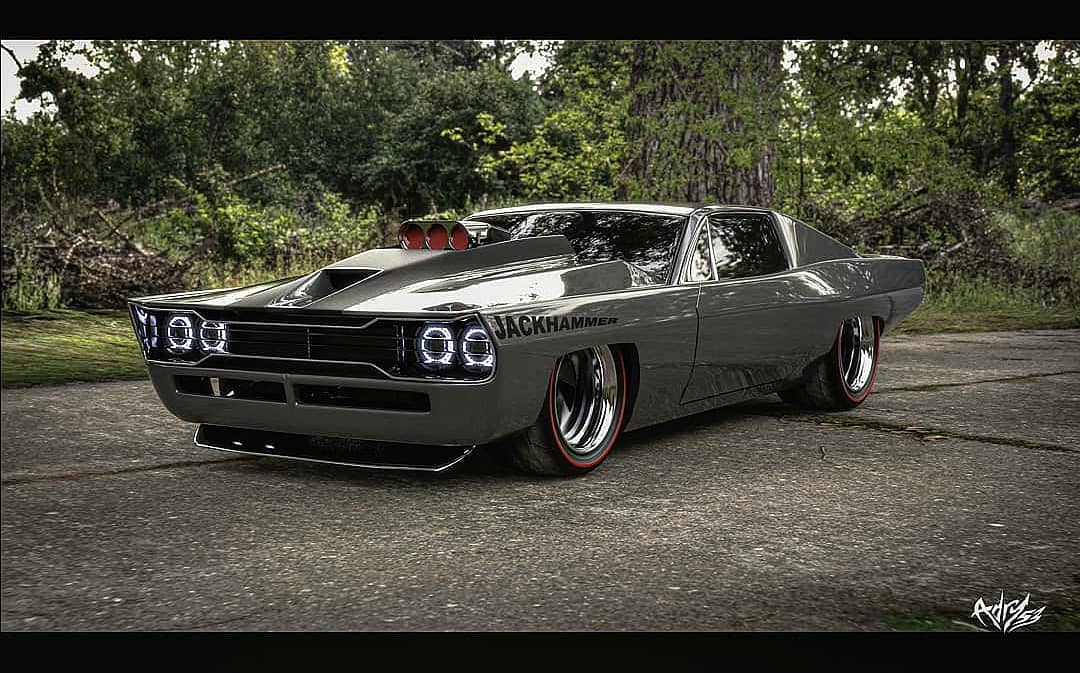
Modern muscle cars offer plenty of advantages compared to their 1960s/1970s forbearers since they seriously up the ante on the handling and even the firepower fronts. However, the choices we currently enjoy aren’t nearly as diverse as the ones buyers got back in the day. After all, how could you indulge in the velocity treats offered by, say, the Plymouth GTX when the brand got axed two decades ago? Fortunately, restomod projects, be they real or virtual, help such iconic nameplates remain under the spotlights.
When Plymouth came up with the GTX for the 1967 model year, using the Belvedere as a starting point, the idea was to introduce a muscle car with a plush side.
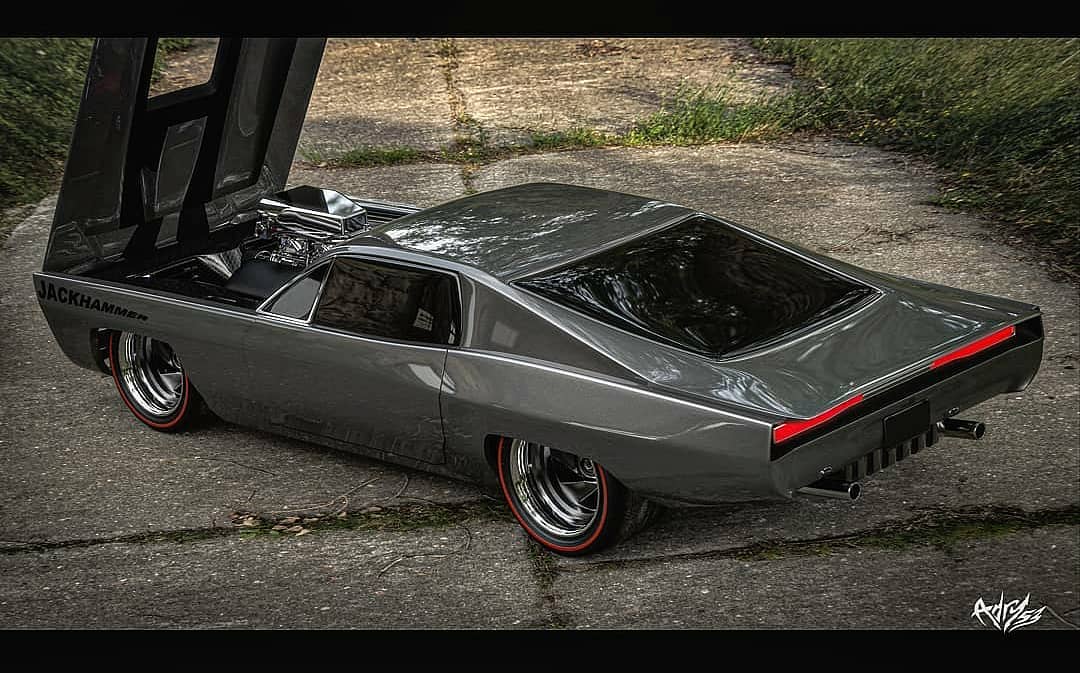
However, ask muscle car lovers about their favorite iterations, and you’ll see the second-generation model (1968-1970) that’s relevant for this rendering take center stage, together with the third-gen car that was only built for 1971.
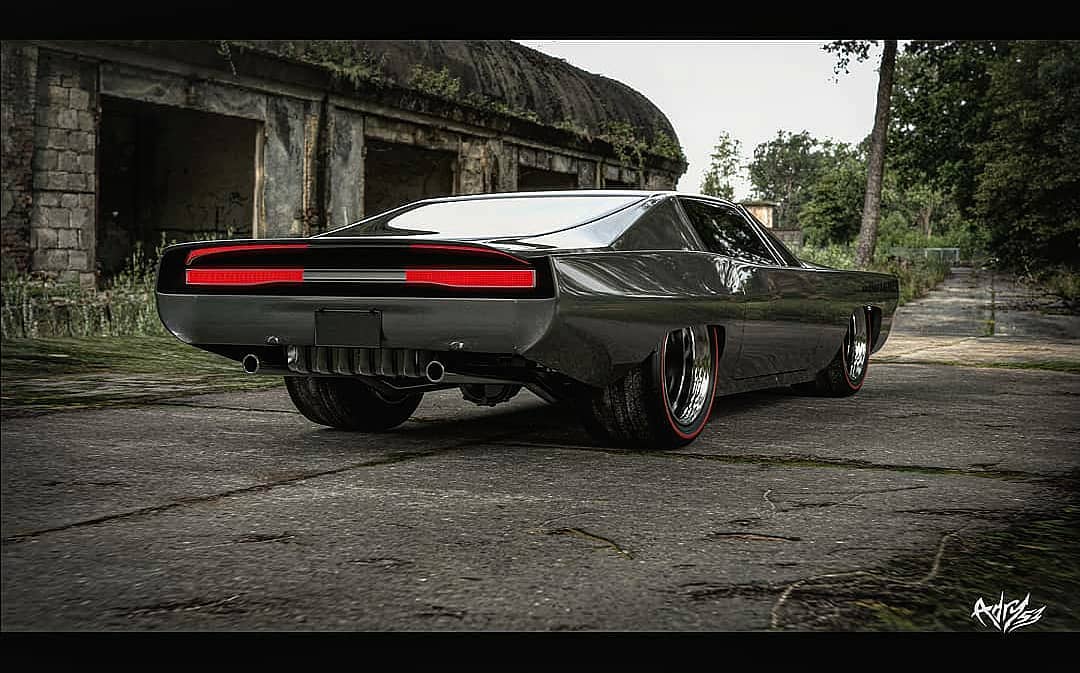
And while most of the visual features that define the classic model are still present up front, this creation is more of a Mopar mélange since the rear fascia reminds us of the 1969 Dodge Charger.
In fact, Timothy Adry Emmanuel, the digital artist responsible for the work, has taken the vehicle to a whole new level by adding personal touches to the project and eventually turning this into an all-custom proposal.
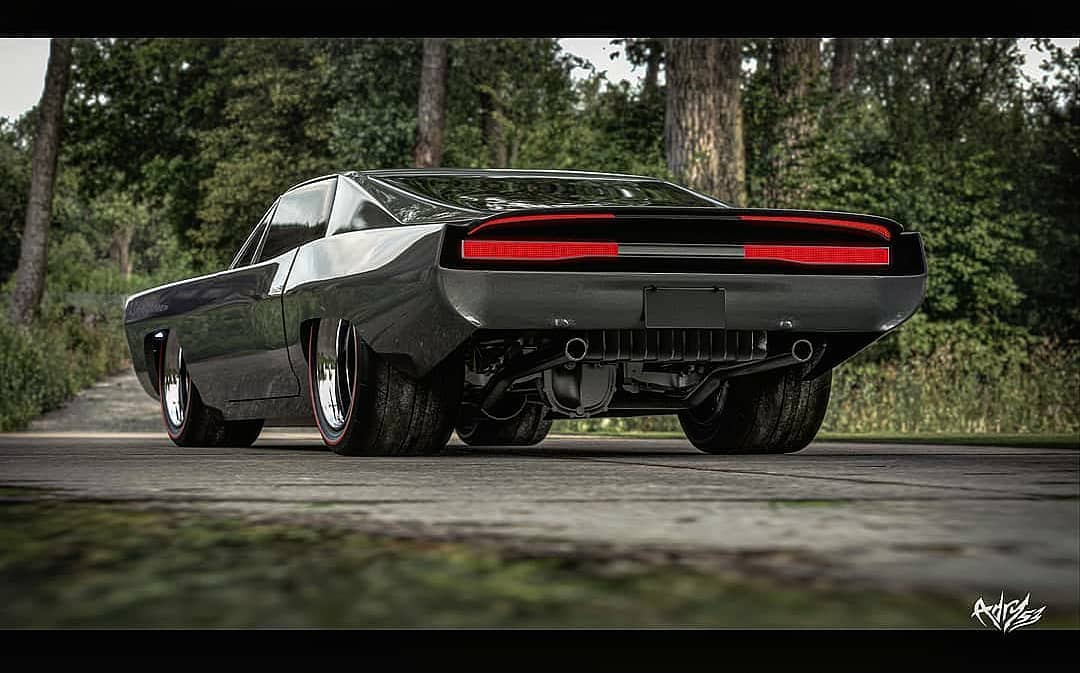
As such, you’ll notice the muscular fenders are identifiable as Mopar bits but stand out when compared to those of any factory model, while the fastback approach is also unique.
And the tech side of the proposal is just as complex. As such, a rendering allowing us to take a peek inside the engine compartment exposed carbon panels that help keep the weight in check.
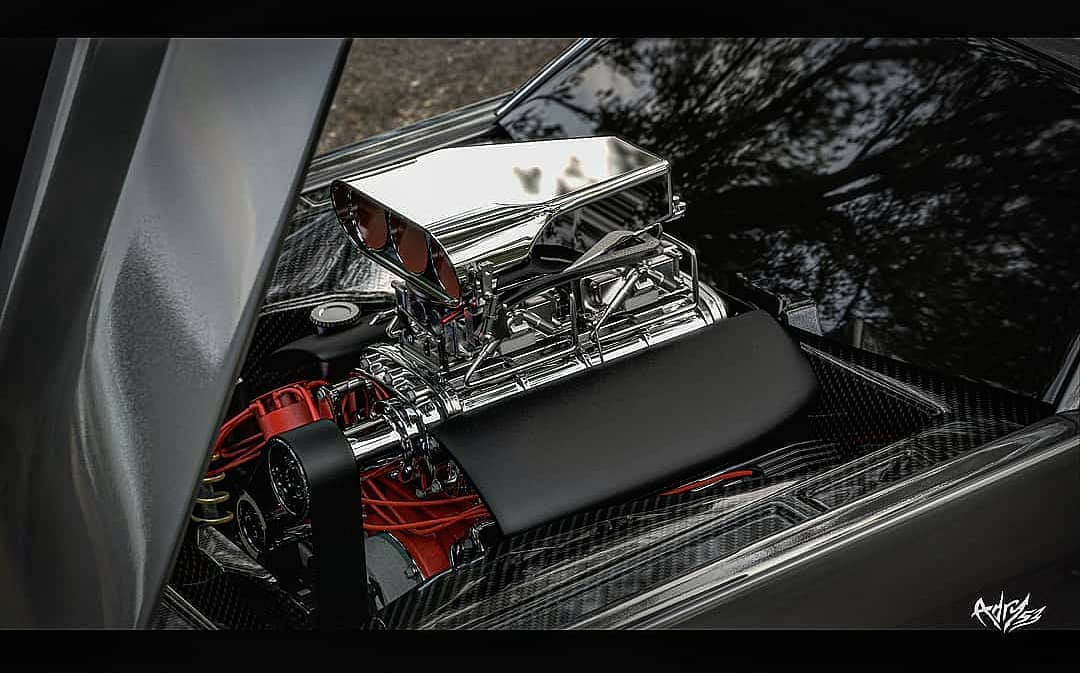
Firepower? This thing has it: the attention- and air-grabbing hood conceals a V8 assisted by a Roots-type blower, whose hat hasn’t heard of that hood. As is the case with classic machines, the posterior sits quite high, so we can notice the beefy differential sending power to those super-sized wheels.
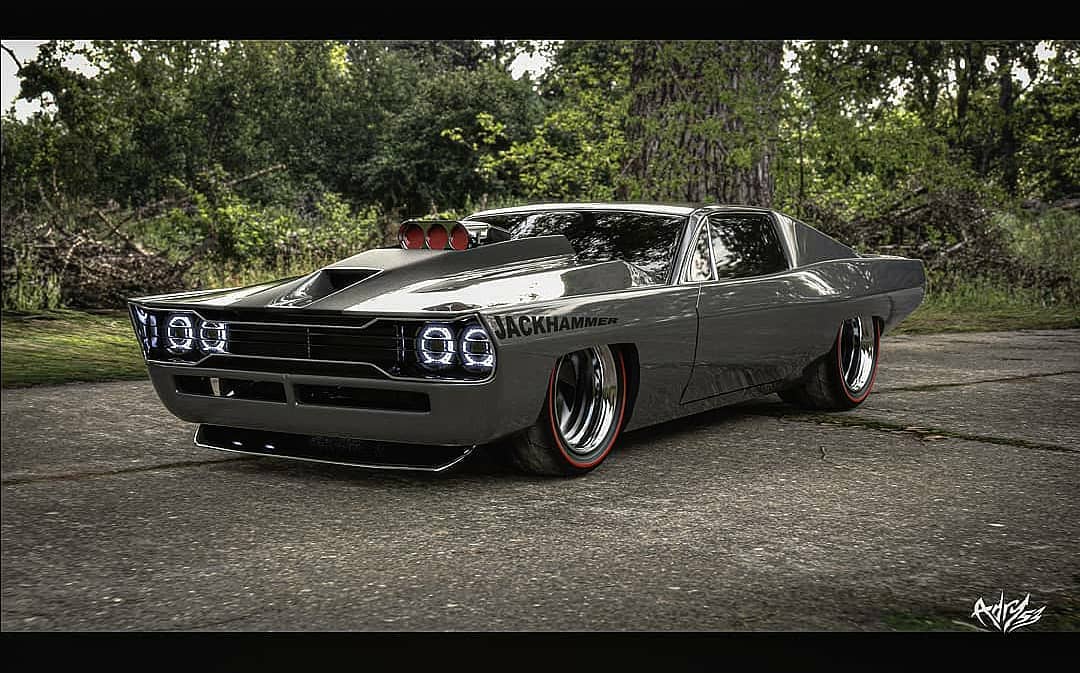
Nevertheless, there’s also a diffuser-style element in between the long, chrome exhaust pipes. And, together with the overall shape of the greenhouse, this is a clue towards the project’s destination.
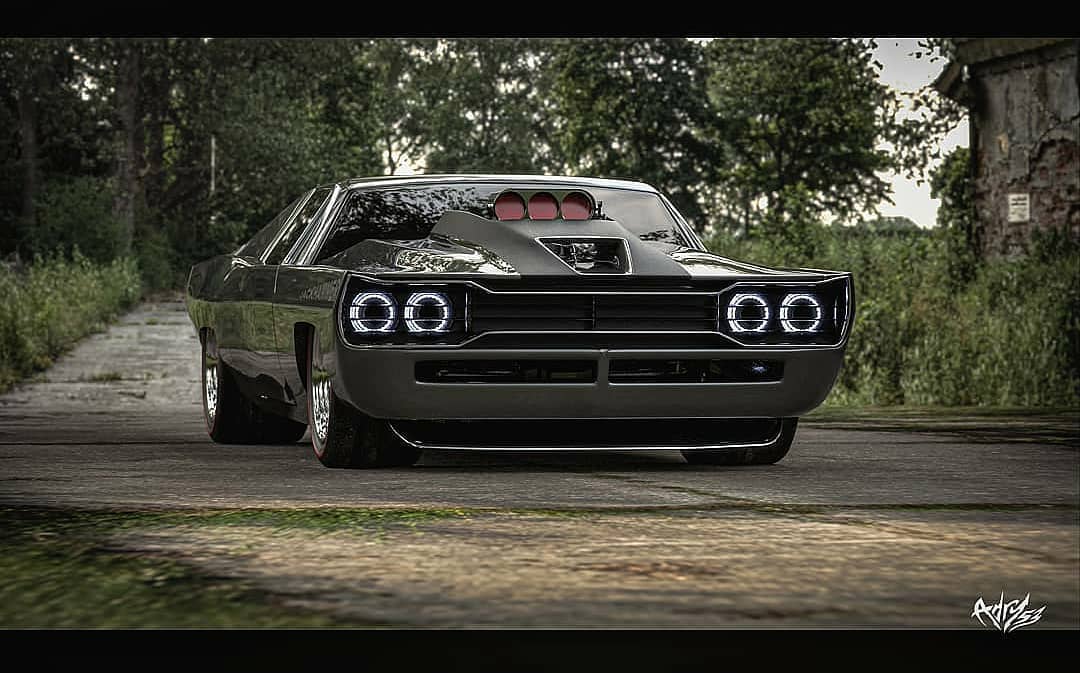
You see, the pixel master has decided to label this as the Jackhammer, imagining the vehicle as part of an older project dubbed Fastlane City, which is populated by multiple creations of the sort. And, if you’re getting some toy car vibes, you should know this was intentional, as the artist is an aspiring Hot Wheels designer.